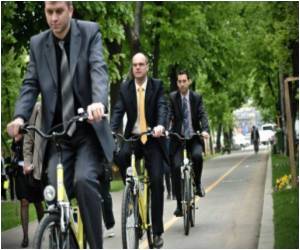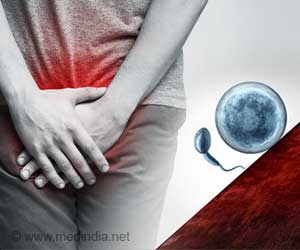A new study has revealed that intense cycling activities could result in hormonal imbalances in men which may affect their reproductive health.

Estradiol is a form of estrogen and it is produced as an active metabolic product of testosterone in males.
Possible conditions associated with elevated estrogen in males include gynecomastia, a condition that can result in loss of pubic hair and enlarged breast tissue.
"Although preliminary, these findings warrant further investigation to determine if specific types of exercise may be associated with altered sex-hormone levels in men that could affect general health and reproductive well-being," the Daily Mail quoted study author assistant professor Leah FitzGerald, as saying.
Most of the research that involves studying the effects of exercise on reproductive health has focused on female athletes and there have been few studies that have looked at male endurance trained athletes.
The UCLA study studied the relation between exercise intensity and circulating levels of reproductive hormones in both serious leisure athletes and recreational athletes.
Advertisement
Participants finished the International Physical Assessment Questionnaire to provide an objective estimate of time they spent participating in different levels of physical activity and inactivity during the previous week.
Advertisement
The concentrations of Plasma estradiol was more than two times higher in the cyclists when compared to the triathletes and recreational athletes, and total testosterone levels were about 50 percent higher in cyclists than in the recreational athletes.
"Plasma estradiol and testosterone levels were significantly elevated in serious leisure male cyclists, a finding not previously reported in any type of male athlete," added Leah FitzGerald.
The study has been published in the European Journal of Applied Physiology.
Source-ANI













